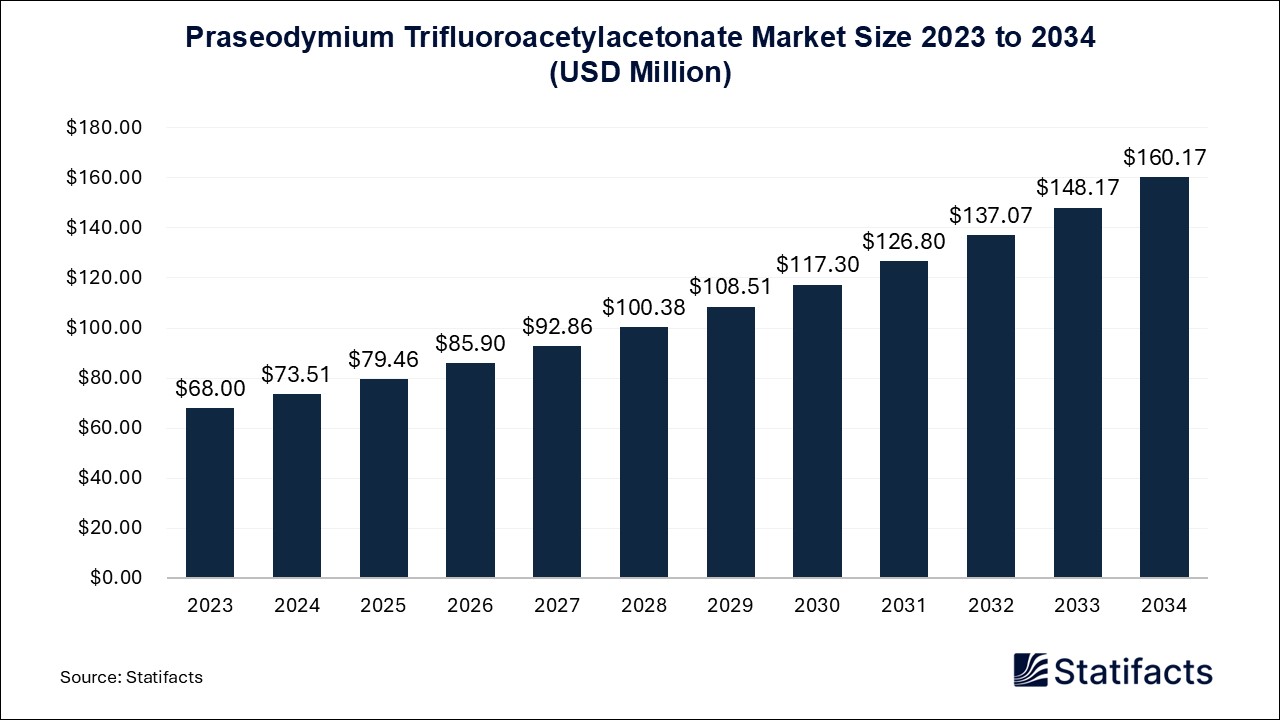

Our customers work more efficiently and benefit from
The global multiomics Market size was estimated at USD 3,111 million in 2024 and is projected to hit around USD 12,929 million by 2034, growing at a CAGR of 15.31% during the forecast period from 2025 to 2034.
| Industry Worth | Details |
| Market Size in 2024 | USD 3,111 Million |
| Market Size in 2025 | USD 3,587 Million |
| Market Size by 2034 | USD 36,370 Million |
| Market Growth Rate from 2025 to 2034 | CAGR of 18.7% |
The multiomics market is undergoing rapid growth, primarily due to the advancements being made in genomics, transcriptomics, proteomics, and metabolomics. Multiomics is an integration of multiple biological data layers that can be used in disease research, precision medicine, and drug development. The rapid advancement in artificial intelligence and bioinformatics tools is further promoting growth in the market by providing accurate analysis of various datasets from research studies. As investments in biomedical sciences and personalized healthcare solutions are on the rise, the market is positive for significant growth over the coming years.
The aim of precision medicine is to revolutionize healthcare by customizing treatments based on an individual's genetic, proteomic, and metabolic profile. Multiomics technologies facilitate the integration of data for improved disease diagnosis and treatment selection. With changing lifestyles, growing lifespans, and environmental factors leading to a higher incidence of chronic diseases, demand for personalized medicine has intensified, giving further impetus to the uptake of multiomics platforms.
Continuous advances in sequencing technologies, such as mass spectrometry and computational biology, act as growth drivers for the multiomics market. Moreover, high-throughput methods have further enhanced the accuracy and efficacy of multiomics analysis, increasing its reach among researchers and clinicians. Cloud computing, coupled with AI-driven analytics, enhances data processing capabilities and provides deeper insights into complex biological systems.
Governments, along with pharmaceutical and biopharmaceutical companies, are heavily investing in multiomics technologies, with research organizations supplementing research and development efforts to push forward drug discovery and disease diagnosis. Funding initiatives for multicenteromics-based research projects continue to expand throughout the world, most notably in oncology and infectious disease studies. At the same time, collaboration between academic and biotechnology companies is speeding up the time to the multiomics market for multiomics-based diagnostic and therapeutic solutions. Along with its potential, the multiomics market has been equally challenged by cost constraints and the complexity of data.
The integration of multiple omics datasets requires sophisticated analytical tools or expertise that demand greater resources. Besides, since it involves advanced technologies, bioinformatics infrastructure for the analysis of the data symbolized in an omics format is relatively costly. Thus, these reasons reduce accessibility in instances of multiscale analysis. Standardization issues in multiomics data interpretation further hinder widespread adoption.
Artificial intelligence is reshaping the multiomics landscape by amplifying data analysis, pattern recognition, and predictive modeling. AI-powered algorithms are capable of parsing enormous datasets to pick out disease biomarkers, hone drug targets, and minimize the time taken to develop new clinical trials. Yet another advantage machine learning models offer is optimized real-time diagnostics and treatment recommendations through an integrated approach from genomic, proteomic, and metabolomic insights. The combined power of the artificial intelligence and multiomics market is boosting breakthroughs in medicine and fast-tracking drug discovery pipelines.
The traction multiomics technologies are gaining in emerging economies is being supported by government initiatives toward increased investment into the research of biotechnology and healthcare. Asia-Pacific is driving rapid growth in the multiomics market due to advancements made in genomic sequencing and heightened funding earmarked for precision medicine initiatives. Single-cell multiomics is a developing field through which heterogeneous cell populations in diseases like cancer and neurodegenerative disorders can be studied. With the advent of single-cell analysis techniques, novel perspectives about mechanisms behind diseases will come to light and set the stage for more applications in multiomics. The advent of non-invasive diagnostic techniques, primarily liquid biopsies, expands further the role of multiomics in early disease detection. Multiomics-based diagnostic assays are being developed that provide for more enhanced, articulated, and informative disease profiling, thus creating healthy living conditions for patients and their preventive healthcare measures.
Published by Laxmi Narayan , March 2025
By Product & Service
By Type
By Platform
By Application
By End-use
For any questions about this dataset or to discuss customization options, please write to us at sales@statifacts.com
| Stats ID: | 8059 |
| Format: | Databook |
| Published: | March 2025 |
| Delivery: | Immediate |
| Price | US$ 1550 |

| Stats ID: | 8059 |
| Format: | Databook |
| Published: | March 2025 |
| Delivery: | Immediate |
| Price | US$ 1550 |

You will receive an email from our Business Development Manager. Please be sure to check your SPAM/JUNK folder too.

Unlock unlimited access to all exclusive market research reports, empowering your business.
Get industry insights at the most affordable plan
Stay ahead of the competition with comprehensive, actionable intelligence at your fingertips!
Learn More Download
Download
